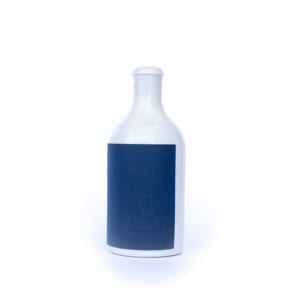From the oldest vine in Austria …
The old vine stands in the garden of a former village inn. On April 5, 1971, this vine was declared a natural monument and its age at that time was estimated to be 180 to 200 years. This Methuselah among the vines has spent almost 250 years in Göttlesbrunn to this day and it is the Brauner Veltliner variety. At chest height, the trunk measures almost 65 cm in circumference and after a severe winter in the early 1980s it sprouted for the last time. The children in Göttlesbrunn have been learning the stories about this vine for generations, and such an old plant brings a certain fascination with it.
How did the grapes taste? Medium early ripe, pleasant acidity with a medium sugar gradation. Ripe a little later than Grüner Veltliner
What did the berries look like? Gray-brown-reddish, not uniformly colored skin, very small and dense berries, compact grapes with round berries.
Why was the variety called brown Veltliner? Because of the berry color
How does the wine from this variety taste? Fine flowery, somewhat reminiscent of hay.
I want to clarify all of these questions and so I went looking for fine brushwood of this old, forgotten variety and I found it. In February 2014 I got a couple of freshly cut vines with sleeping eyes of the brown Veltliner in the variety quarter of the Agneshof of the Klosterneuburg Wine School. I brought these to the nursery where the eyes were grafted onto a suitable base and allowed to grow in the nursery for a year. On April 9, 2015, I was able to plant 113 vines on the Holzweg site in Göttlesbrunn, and so the story begins all over again. The maiden harvest and the first wine were micro-vinified (35 liters) in 2017 and 108L in 2018.
I also found out the following about the brown Veltliner:
The white grape variety comes from Austria. The name is derived from the brownish-gray berries. Synonyms are Fürymony Fehér, Österreicher, Török Bajor, Wachteleitraub and Wachtler. Due to morphological similarities, the vine was often mistakenly confused with Austrian white, which is also indicated by the synonym “Austrian”. According to Dr. Ferdinand Regner’s DNA analysis carried out in 1996, it is a natural mutation of the flagship variety Roter Veltliner. However, Roter Veltliner is not related to Grüner Veltliner. Hungary is given as the region of origin.







